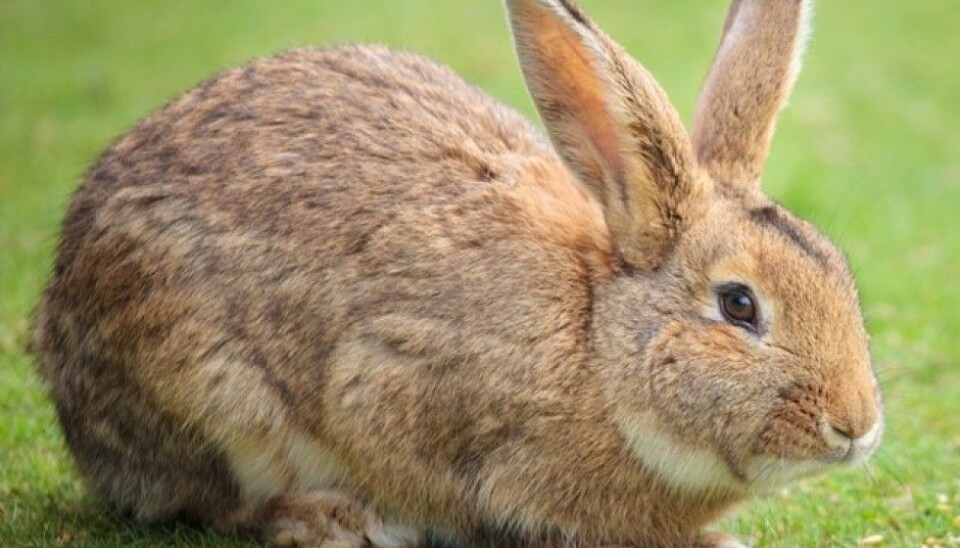
How the wild rabbit was domesticated
Wild rabbits and domestic rabbits have more or less the same genes. According to a new study, when tame rabbits escape, natural selection ensures their survival in the wild.
How did people, over a thousand years ago, tame the rabbit? An international research team has an answer.
Domestication of wild animals was one of the most important steps in the development of agriculture. Dogs, cows, sheep, goats and pigs were domesticated between 15,000 and 9,000 years ago, but the rabbit held out until 1400 years ago.
Catholic Church plays a role
A group of monks in southern France were the first who managed to domesticate rabbits, for a rather unusual reason. It is said that the Catholic Church had declared meat from young rabbits to be a kind of fish; therefore, it could be eaten during Lent.
At that point, the European wild rabbit was only found on the Iberian Peninsula (Spain and Portugal) and in southern France.
The domestication of rabbits is particularly interesting because scientists know when and where it occurred.
“In addition, there are still wild rabbits there, which we can compare to the domesticated variety,” says Carl-Johan Rubin from Uppsala University.
Strong flight response
Wild rabbits, in contrast to their domesticated relatives, have a very strong flight response. This is vital since they are hunted by foxes and other predators. Earlier studies have shown that small game can smell predators’ urine.
In The Origin of Species, Charles Darwin wrote: “Hardly any animal is more difficult to tame than the young of the wild rabbit; scarcely any animal is tamer than the young of the tame rabbit.” He used domestic animals as proof that it is possible to change the traits of a species through selection.
In the new study, researchers have gone a step further: They have identified the genetic changes that caused this dramatic change in behaviour.
The development is due to a change in certain genetic variants that are already found in the wild species, the researchers wrote.
“This is more significant than new mutations with dramatic effects,”says Kerstin Lindblad-Toh, a professor at Uppsala University and Director of Vertebrate Genome Biology at the Broad Institute at MIT and Harvard.
Same genes, different regulation
The researchers did not find a single instance of the complete deactivation of a gene.
“The difference between a wild and a tame rabbit is not the genes they carry, but rather how the genes are regulated. That is, when and how much a certain protein is expressed,” Rubin says.
Research has shown that differences in gene regulation can also been seen in humans, where people who have the same genes may evolve differently.
The study clearly identifies the genes that have been the most significant for the domestication of the rabbit. The biggest differences were observed in the genes that play a role in the development of the brain and the nervous system.
The scientists were amazed to find such a large proportion of the differences in just those genes.
Extremely high genetic variation
The wild rabbit is a species with extremely high genetic variability. It carries certain gene variants that have been beneficial in the development of tame rabbits, according to the researchers.
“Small changes in many genes can combine to cause major changes in behaviour," the researchers said.
And here’s a comfort to children who have owned tame rabbits that have escaped.
"Tame rabbits released into the wild will adapt rather quickly genetically.”
“The gene variants that are advantageous in the wild that have been under pressure in captivity will increase in frequency thanks to natural selection,” Rubin says.
Previous studies have shown that domesticated rabbits often lack Vitamin D.
The researchers believe that a similar diversity in gene variants that affect the brain and the nervous system are found in humans, which in turn contributes to individual differences in personality and behaviour.
------------
Read the Norwegian version of this article at forskning.no
Translated by: Lars Nygaard






